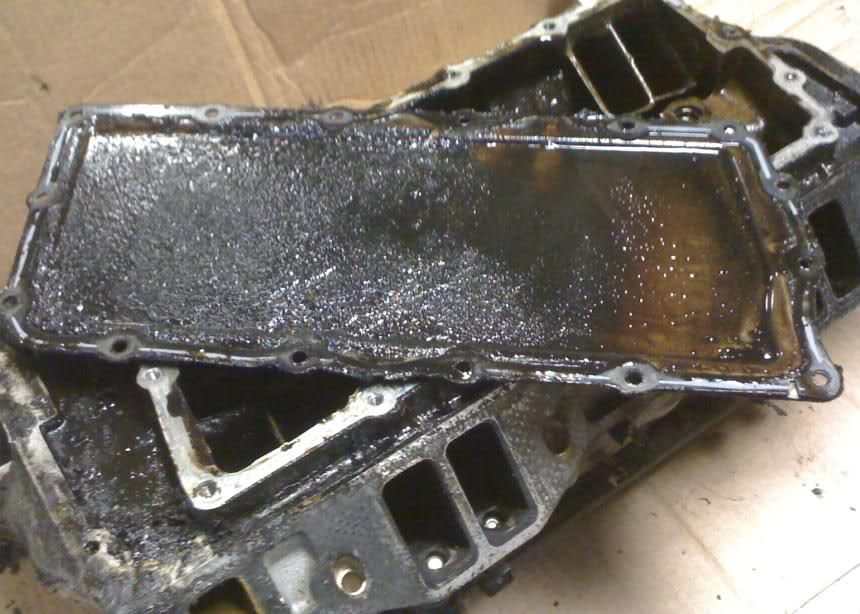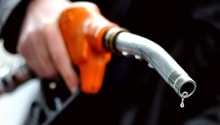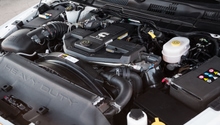Dodge Ram 1994-2001: Why Am I Getting Poor MPG?
If you feel like your Dodge Ram is consuming more gas than usual, there may be something wrong with it. Here's how to diagnose poor gas mileage.
This article applies to the Dodge Ram 1500 (1994-2001).
Trucks aren't exactly known for being very fuel efficient to begin with, and when they aren't running at their most optimum level, it can be even worse. There are a number of reasons why vehicles can suddenly become more thirsty in regard to fuel. Some are easy fixes that may not cost a dime, while others can be related to expensive parts or services that needs to be completed. To help you find the root cause of the poor gas mileage, here is a list of common problems that result in the issue.

Step 1 – Scheduled maintenance
You may have missed some appointments with your Ram.
The single most common reason why fuel mileage may suffer is a lack of proper maintenance. To keep the truck running at its most efficient state, make sure that oil and filters are changed, tires are properly inflated and rotated, and the engine is running with the proper tune. Things like bad spark plug wires, dirty air filters, old oil, under inflated tires, timing that is off, and clogged fuel injectors can severely diminish gas mileage. Check all of these first and replace/clean as needed.

If maintenance has been preformed properly and on time then go to Step 2.
Step 2 – Check sensors
A little build up can block up the system.
A bad o2 sensor can cause your truck to consume more fuel than it normally would. Pull the sensor out and inspect it. If it is excessively dirty or damaged, replace it.
The MAP sensor tells the computer how much pressure is in your manifold and how much fuel it needs to pump in. Over time, carbon builds up will cause the sensor to make some inaccurate readings and lead to increased fuel consumption. Check the throttle body for carbon build up and replace the MAP sensor if needed.

If the 02 and MAP sensors look good then proceed to Step 3.
Step 3 – Check catalytic converter
A bad catalytic converter isn't just bad for the vehicle, it's bad to the environment.
An excessively clogged or dirty catalytic converter will diminish gas mileage over time, as it can severely restrict air flow. Generally, converters are good for the life of the vehicle, but if your truck is high mileage (150,000+), this could potentially be an issue. Check your cat for wear and replace it if needed.

If the cats look okay then go ahead to Step 4.
Step 4 – Check plenum gasket
A sneaky leak that leads to trouble.
The plenum gasket on the second generation Dodge Rams is notorious for developing leaks because it is made of steel while the intake manifold is made of aluminum. This difference is metal makeup leads to premature wear, leaks, and a significant drop in gas mileage. Check around the manifold for leaks, and replace the gasket if you find any.

Related Discussions
- Poor Gas Mileage and Loss of Power Solved - DodgeForum.com
- Ridiculously Bad MPG - DodgeForum.com
- Suggestions on MPG - DodgeForum.com






